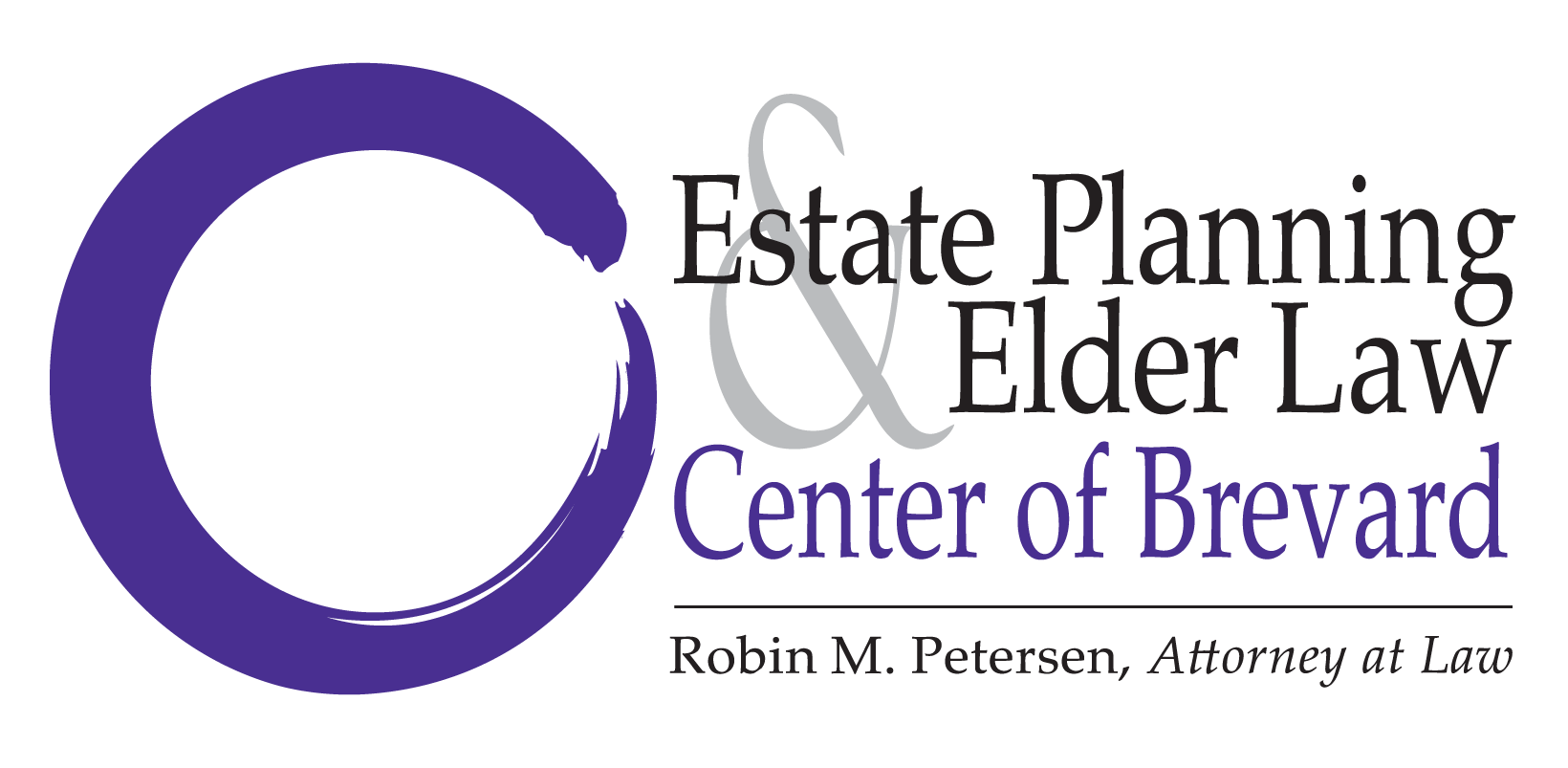When Jerry Garcia—lead guitarist, cultural icon, and the spiritual force behind the Grateful Dead—passed away…
When Do I Start Taking Required Minimum Distributions from an IRA?
Putting money into an IRA is not complicated, but taking it out can be tricky. Warning: mistakes can be costly!
Does your 70th birthday fall before or after July 1? That is an important factor in determining when you must take your first Required Minimum Distribution (RMD), as reported in Kiplinger’s article, “When to Take Your First Required Minimum Distribution From an IRA.” There’s another consideration: you can delay your first RMD withdrawal, but only once.
Generally, you must begin taking your RMD from a traditional IRA in the year you turn 70½. If you were born between January 1 and June 30, 1948, then you need to take your RMD by December 31, 2018 (but for your first RMD, you can wait until April 1, 2019). The same timing is true for RMDs from 401(k)s, although you can delay taking RMDs from your current employer’s 401(k) if you’re still working at age 70½, unless you own 5% or more of the company.
People who were born in 1947 on July 1 or later will turn 70½ in 2018, so they’ll have to take an RMD by December 31, 2018. However, for their first one, they can delay it until April 1, 2019. This April 1 extension, only applies to your first RMD after age 70½.
All of your subsequent RMDs must be taken by December 31 each year. That includes your second RMD. Therefore, if you turned 70 in the first half of 2018, you can wait until April 1, 2019, to take the first withdrawal. However, you must take your second withdrawal—for age 71—by December 31, 2019. That means you’ll wind up taking two RMDs in a single year, which could impact your tax bill.
When you look at the timing of your first RMD, think about the effect that taking two RMDs in one year could have on your finances. As a rule, it’s better to take that first RMD by December 31, because taking two RMDs in one year could increase your taxable income and create other financial issues. Not only could this place you in a higher tax bracket, but the additional income could also make more of your Social Security income subject to taxes.
In addition, if taking two RMDs in one year ups your AGI plus tax-exempt interest income to more than $85,000 if you’re single or $170,000 if you’re married filing jointly, you’ll need to pay extra for Medicare Part B and Part D.
If your taxable income is higher this year than it will be next year, or if you anticipate receiving a bonus or a buyout from work (or if you win the lottery, but don’t count on that!), then you may want to use the April 1 date.
Reference: Kiplinger (November 17, 2017) “When to Take Your First Required Minimum Distribution From an IRA”



